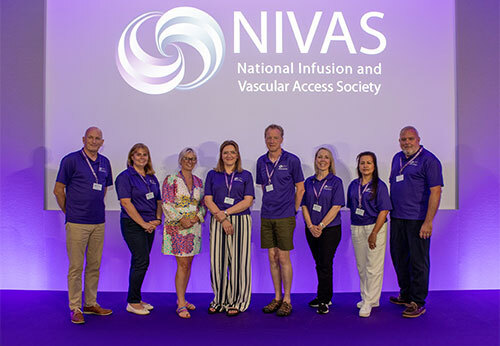Clinical practice guideline on vascular access for haemodialysis – Full Text
"This guideline is written primarily for doctors and nurses working in dialysis centres and related areas of medicine in the UK, and is an update of a previous version written in 2015" Aitken et al (2025).









